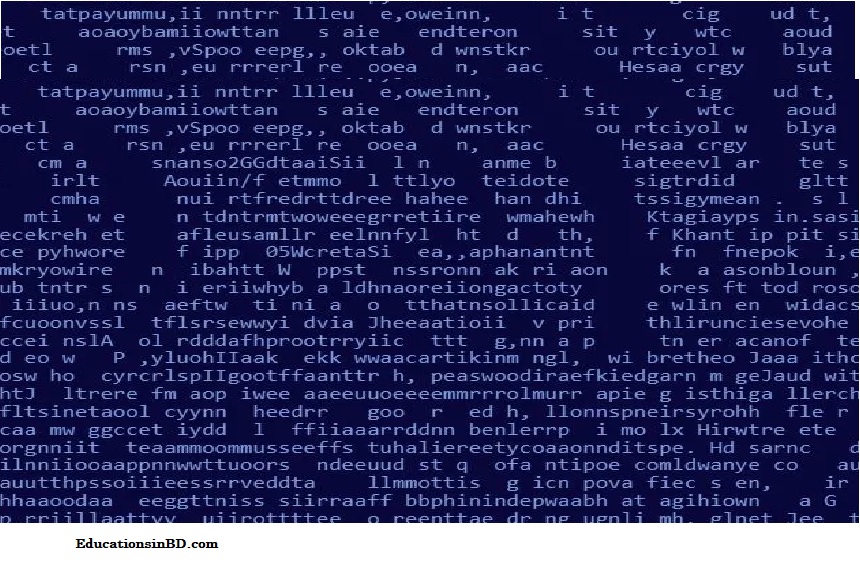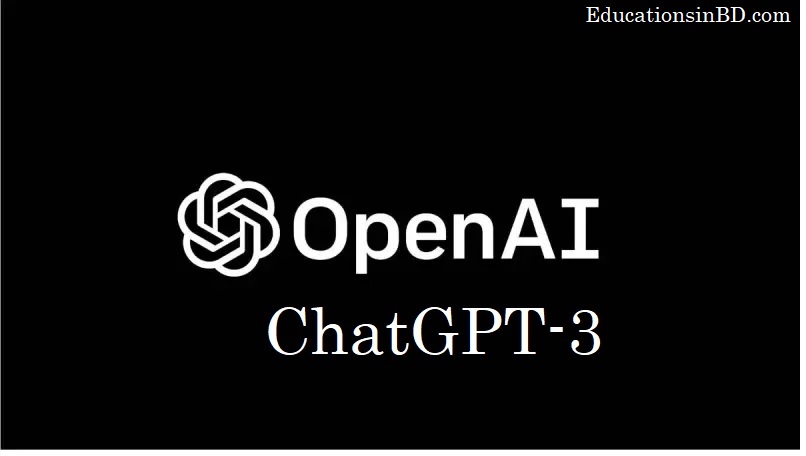ChatGPT and NLP (Natural Language Processing)
ChatGPT and NLP (Natural Language Processing) are related but have different concepts. ChatGPT is a large language model created by OpenAI that can generate human-like responses to textual input. It has been trained on vast amounts of data and uses a neural network architecture to understand natural language and generate appropriate responses. ChatGPT is an example of an AI-powered chatbot that can interact with humans through text-based communication.
NLP, on the other hand, is a subfield of artificial intelligence that focuses on the interaction between computers and human language. It involves developing algorithms and models that enable computers to understand, interpret, and generate natural language. NLP techniques are used in a wide range of applications, such as sentiment analysis, machine translation, chatbots, and voice assistants.
ChatGPT is a specific implementation of NLP that uses a deep learning approach to generate natural language responses. NLP is a broader field that encompasses a range of techniques and applications for working with human language.
Here’s some information about ChatGPT and NLP:

ChatGPT:
ChatGPT is a type of conversational AI that uses natural language processing and machine learning to understand and respond to text-based inputs in a human-like way.
ChatGPT is based on the GPT (Generative Pre-trained Transformer) architecture, which uses a transformer-based neural network to generate text.
OpenAI has released several versions of ChatGPT, each one more powerful and capable than the last. The most recent version, GPT-3, has been praised for its ability to generate human-like responses to a wide range of input.
NLP:
NLP is a subfield of artificial intelligence that focuses on the interaction between computers and human language. It involves developing algorithms and models that enable computers to understand, interpret, and generate natural language.
NLP has a wide range of applications, including sentiment analysis, machine translation, speech recognition, and chatbots. These applications can be used in a variety of industries, such as healthcare, finance, and e-commerce.
NLP techniques include tasks like text classification, named entity recognition, part-of-speech tagging, and language modeling. These techniques can be used to analyze and generate text in a variety of languages, and they are constantly evolving as new models and architectures are developed.

ChatGPT:
ChatGPT is a type of language model that is trained on massive amounts of text data, allowing it to generate human-like responses to input text.
The language generation capabilities of ChatGPT have led to its use in a wide range of applications, such as chatbots, virtual assistants, and customer service interactions.
The most recent version of ChatGPT, GPT-3, is notable for its size and complexity, with over 175 billion parameters.
NLP:
NLP involves using computational methods to analyze, interpret, and generate natural language. This can involve a range of techniques, from simple rule-based approaches to complex machine-learning models.
NLP has many practical applications, such as sentiment analysis, machine translation, speech recognition, and text classification.
One of the key challenges in NLP is dealing with the complexity and variability of human language. This can include things like ambiguity, sarcasm, and cultural differences, which can make it difficult for computers to accurately interpret or generate text.
The Future of Natural Language Processing
The future of Natural Language Processing (NLP) is likely to see continued advancements in a number of areas, including:
Improved accuracy: As more data is collected and machine learning algorithms become more sophisticated, we can expect NLP models to become increasingly accurate in their ability to understand and generate natural language.
Multilingualism: There is a growing demand for NLP models that can handle multiple languages, and we can expect to see more research focused on developing models that can accurately process and generate text in different languages.
Contextual understanding: Contextual understanding is a major challenge in NLP. However, with the development of more advanced deep learning models, we can expect to see improved contextual understanding, allowing NLP models to better understand the meaning and intent behind text.
Conversational AI: Conversational AI, or the ability for machines to engage in natural language conversations with humans, is an area of NLP that is likely to see significant growth in the coming years. As more data is collected and better algorithms are developed, we can expect to see NLP models that are capable of engaging in more sophisticated conversations with humans.
Real-world applications: Finally, we can expect to see NLP being increasingly applied in real-world applications, such as chatbots, virtual assistants, sentiment analysis, and more. As NLP technology becomes more advanced, we can expect to see more innovative and impactful applications across a wide range of industries.
ChatGPT and NLP are exciting fields that have the potential to revolutionize the way we interact with computers and other technology. As research in these areas continues to advance, we can expect to see even more impressive applications of these techniques in the future.




